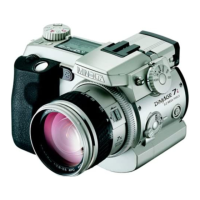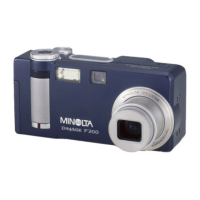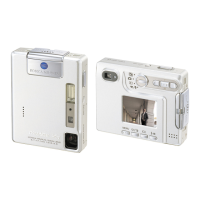Photography can be a rewarding pursuit. It is a broad and disciplined field that can take years to
master. But the pleasure in making photographs and the joy of capturing a magical moment cannot
be compared. The guide is an introduction to some basic photographic principles.
The lens aperture controls not only exposure, but also depth of field; the area between the closest
object in focus and the furthest object in focus. The larger the aperture value, the greater the depth of
field and the longer the shutter speed needed to make the exposure. The smaller the aperture value,
the shallower the depth of field and the faster the shutter speed needed to make the exposure.
Usually landscape photographs use a large depth of field (large aperture value) to keep the fore-
ground and background in focus, and portraits use a shallow depth of field (small aperture value) to
separate the subject from the back-
ground.
108
Depth of field also changes with focal
length. The smaller the focal length, the
greater the depth of field; the longer the
focal length, the shallower the depth of field.
A SHORT GUIDE TO PHOTOGRAPHY
A SHORT GUIDE TO PHOTOGRAPHY

